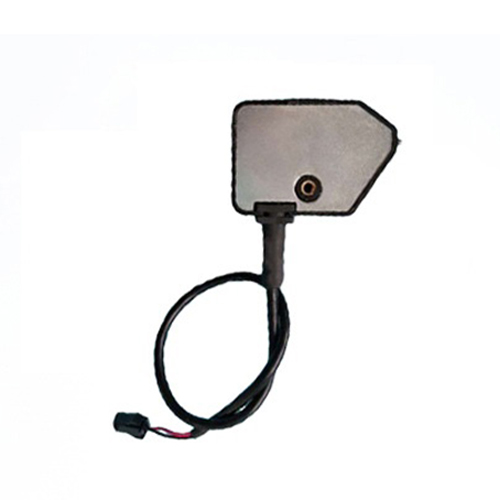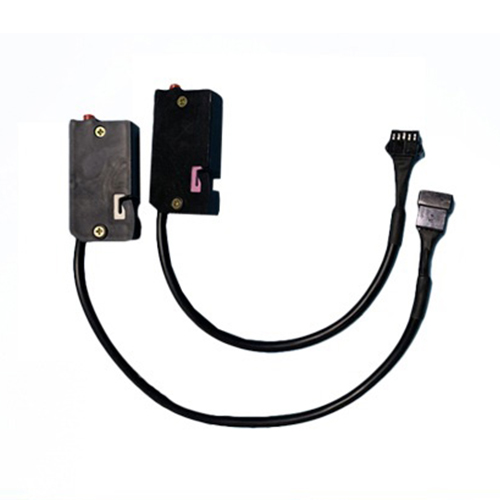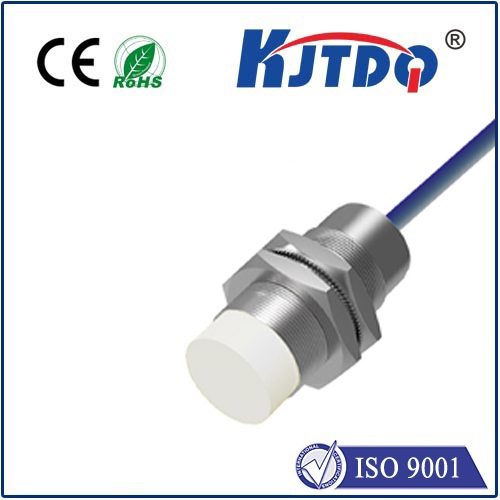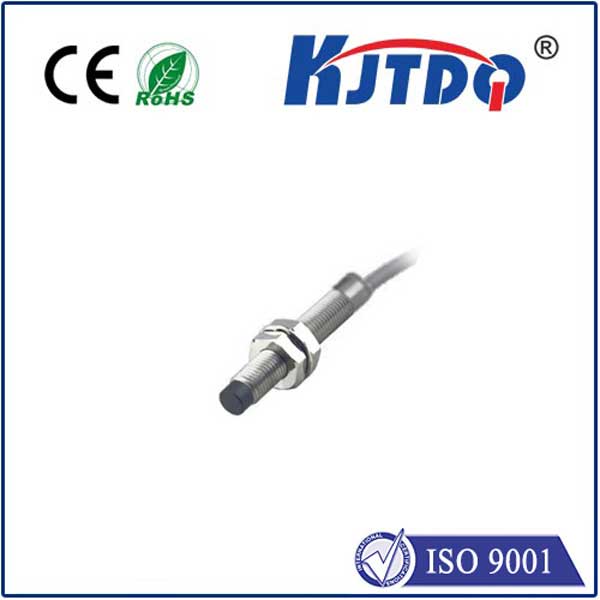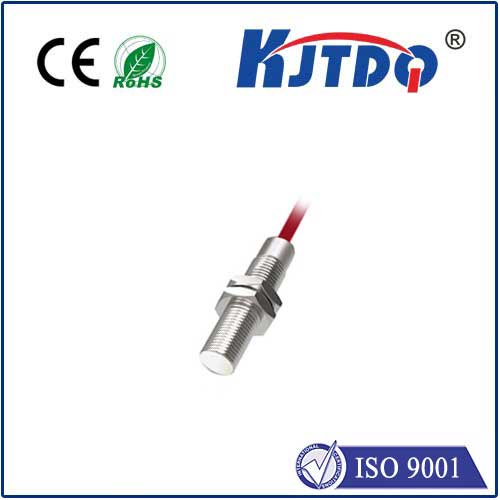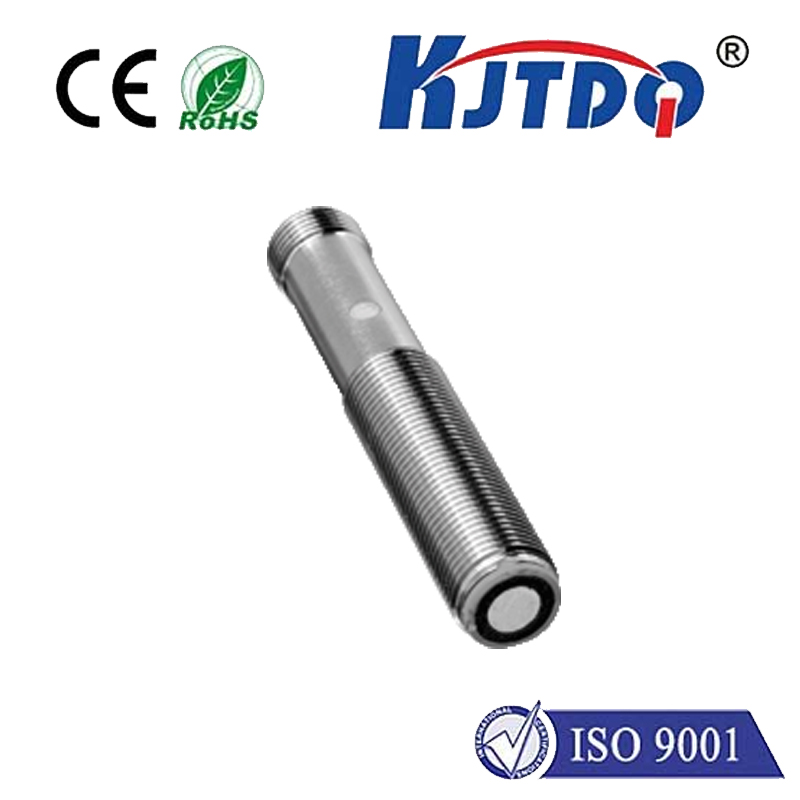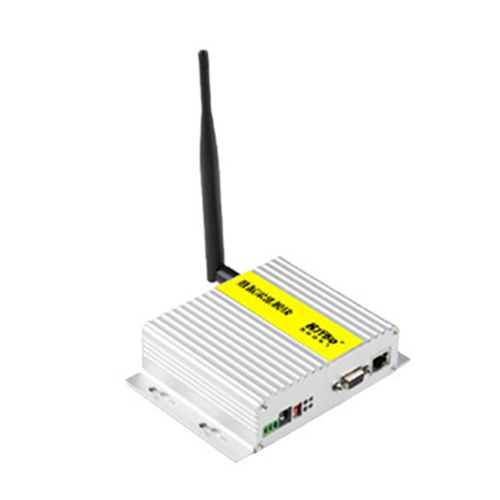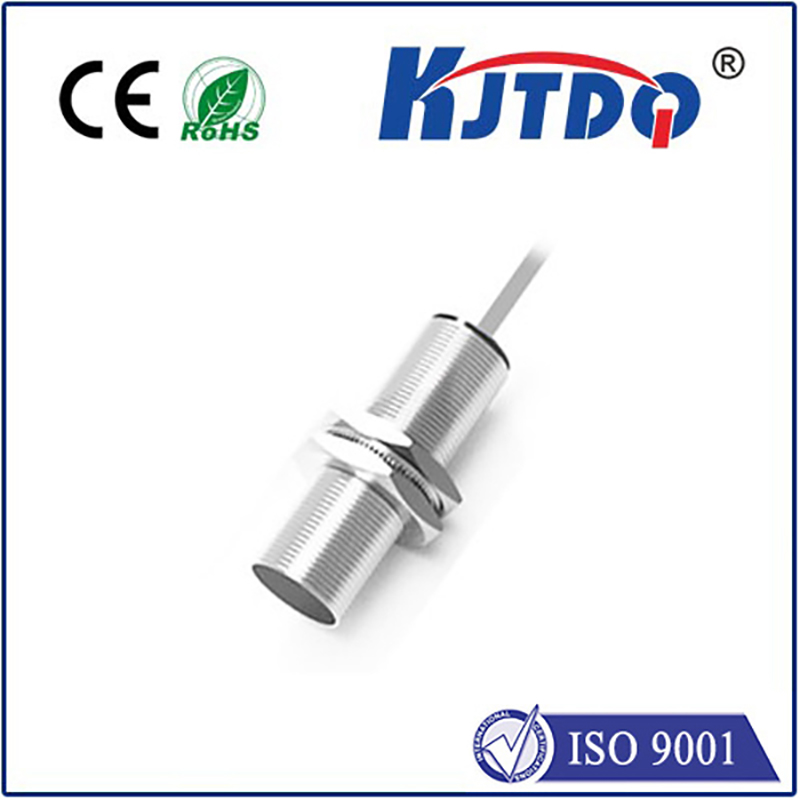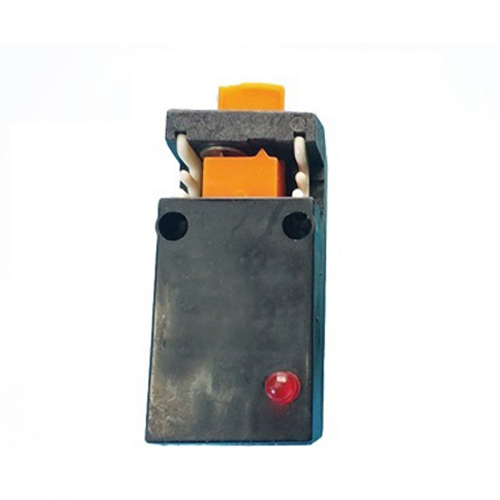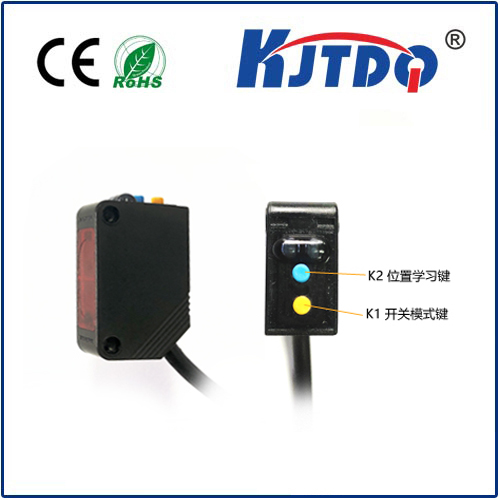

check

check

check

check

check

check

check

check

check

check

Revolutionizing Industrial Automation with Inductive Proximity Sensors: Long Range Solutions for Efficiency and Precision” In the ever-evolving landscape of industrial automation, advancements in technology are continually reshaping the way we approach manufacturing processes. At the forefront of these innovations is the development of inductive proximity sensors with extended range capabilities. This article delves into the transformative potential of long-range inductive proximity sensors, elucidating their mechanisms, applications, benefits, and potential future developments in enhancing industrial efficiency and precision. Understanding Inductive Proximity Sensors: A Closer Look At its core, an inductive proximity sensor operates by generating an electromagnetic field that oscillates at a specific frequency. When a metallic object comes within the sensor’s proximity, it disrupts this field, inducing eddy currents within the material. These currents generate a secondary magnetic field that counteracts the original one, reducing the sensor’s overall impedance. The sensor detects this change and converts it into a switching signal or analog output, indicating the presence or absence of the target object. Long Range Inductive Proximity Sensors: Breaking New Ground Traditional inductive proximity sensors have been limited in their detection range, typically spanning only a few centimeters. However, recent technological strides have led to the emergence of long-range inductive proximity sensors, capable of detecting targets from distances exceeding a meter. This leap in capability opens up new possibilities for monitoring larger areas, providing enhanced safety measures, and streamlining complex production lines where maintaining precise object positioning over longer distances is crucial. Applications Redefined: Where Distance Matters The integration of long-range inductive proximity sensors into industrial settings transcends conventional applications. In automotive manufacturing, for instance, these sensors enable precise tracking of large vehicle components during assembly, ensuring correct alignment and fit without direct physical contact. Similarly, in material handling systems, they facilitate the efficient sorting and conveying of bulk materials by accurately detecting container levels or the presence of obstacles across greater distances. Moreover, long-range sensors play a pivotal role in enhancing workplace safety. By monitoring hazardous zones from a safe distance, they can trigger alarms or shut down machinery in case of unexpected personnel entry, thereby reducing accidents and fostering a safer working environment. Benefits Beyond Reach: Enhancing Operational Efficiency The adoption of long-range inductive proximity sensors translates into manifold advantages for industries seeking process optimization:
